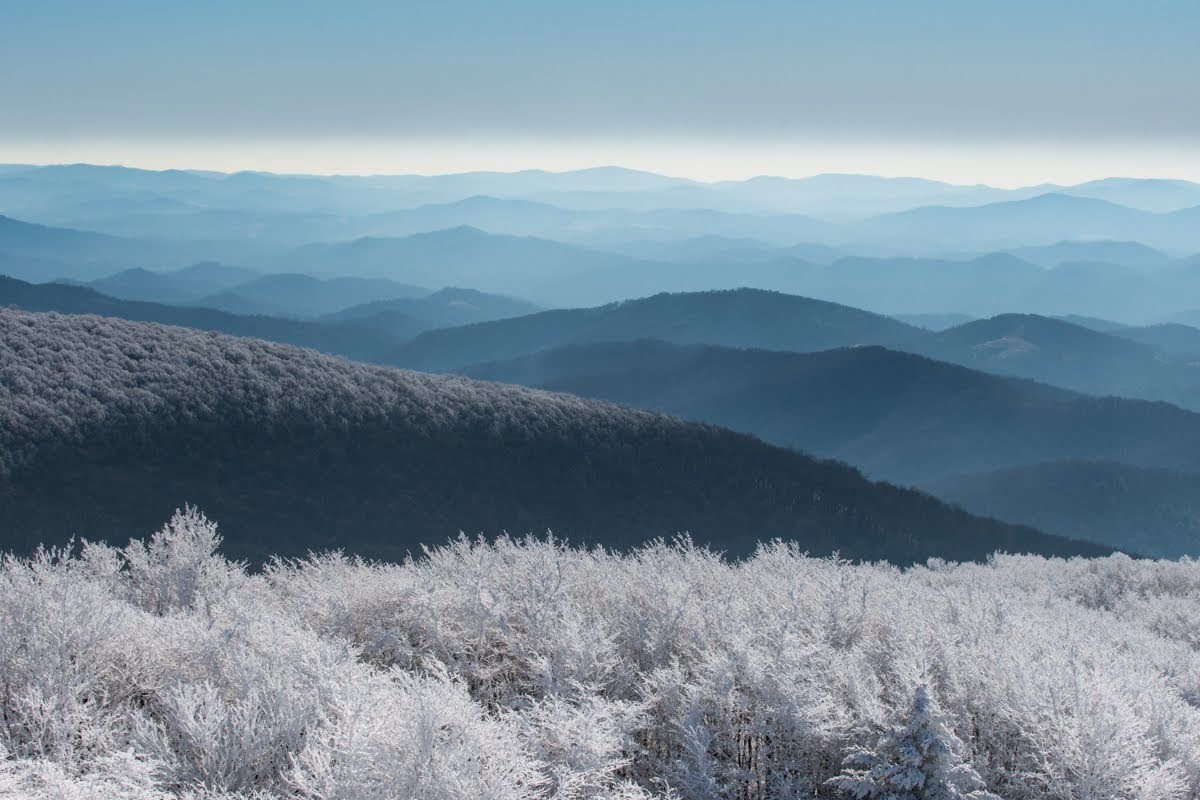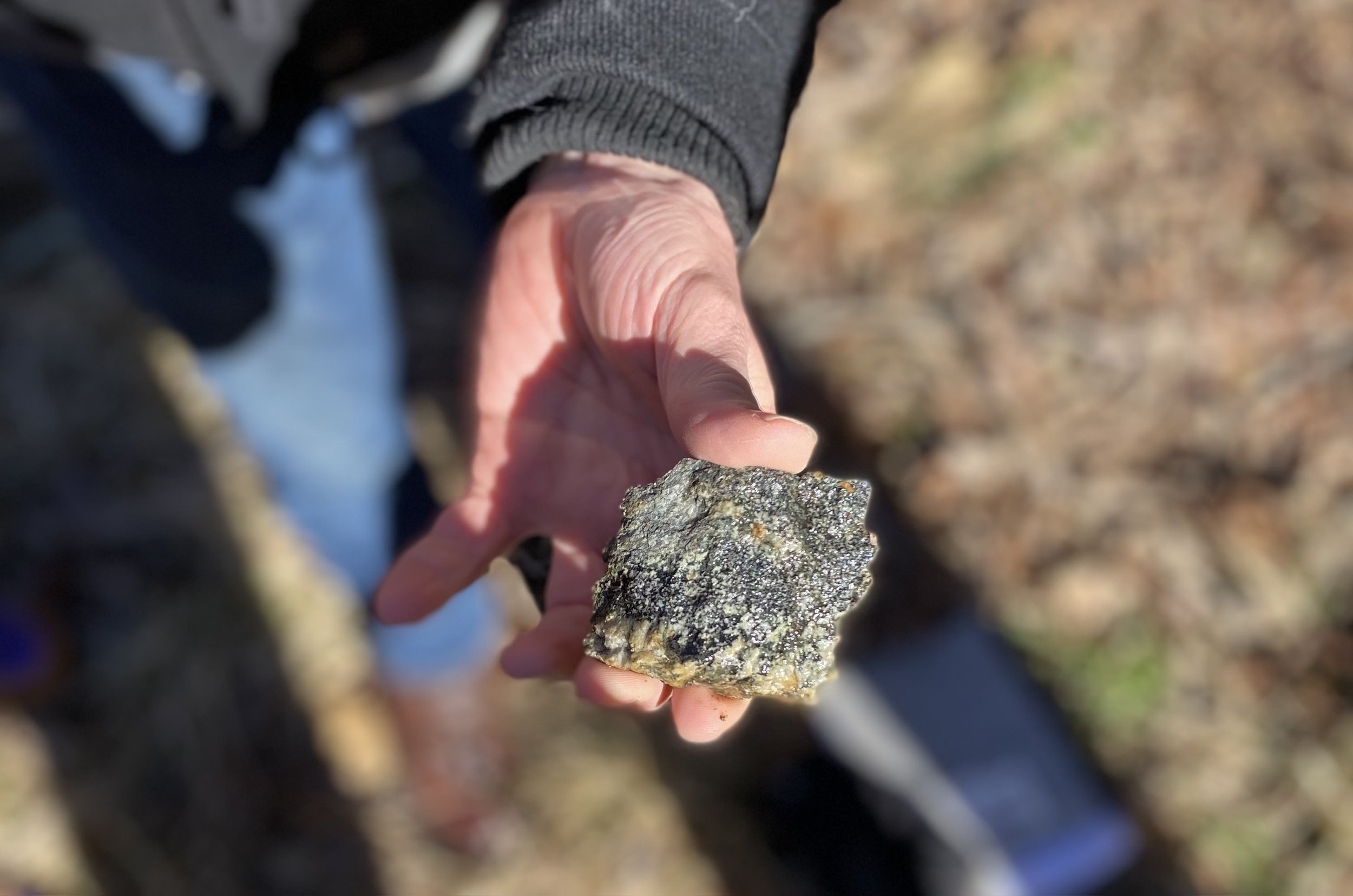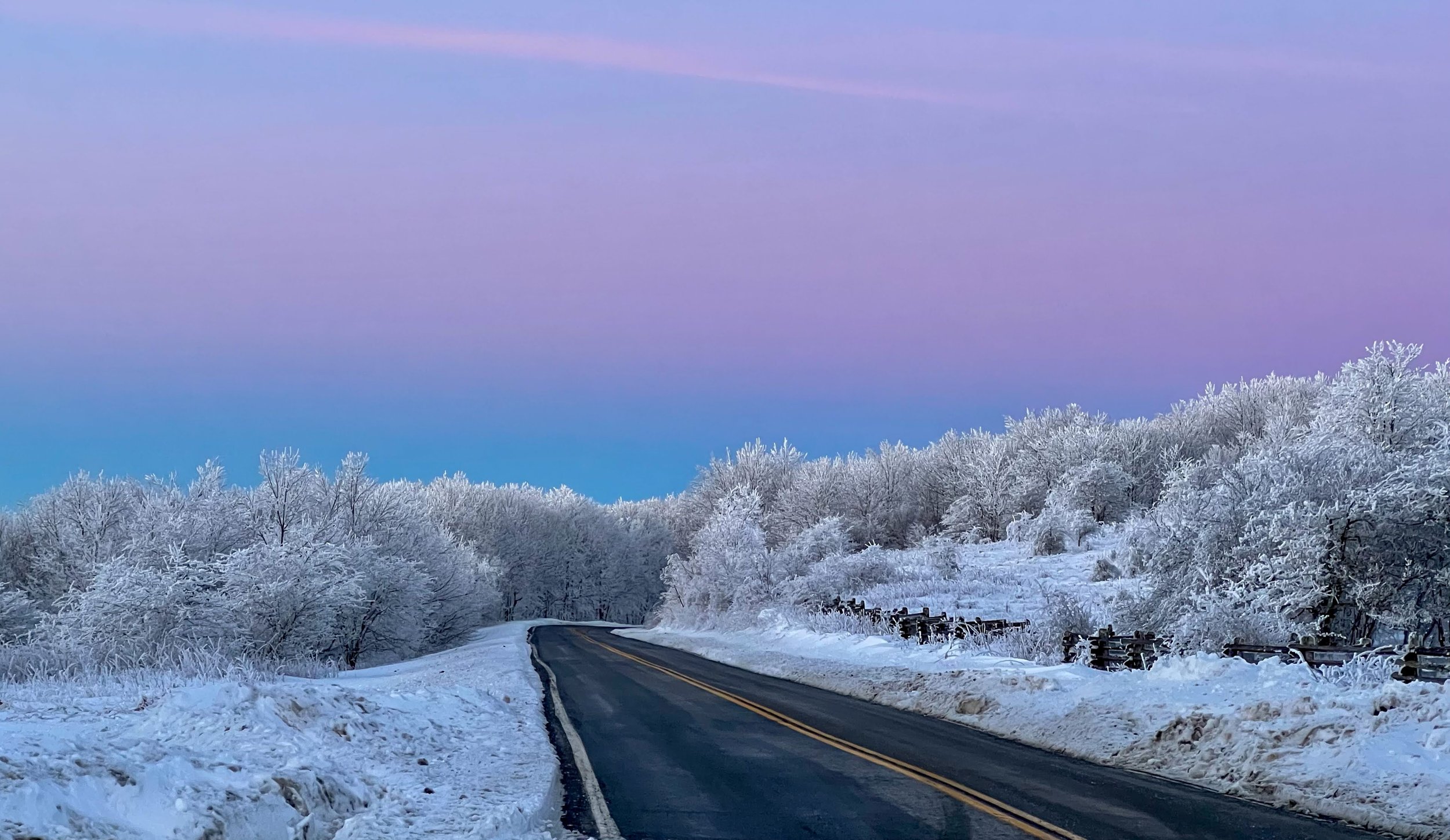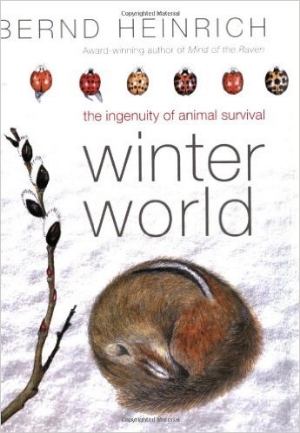

Wildlife Preparing for Winter: Reptiles
Snakes, lizards, and turtles all call the Blue Ridge Mountains home, but these animals are rarely seen in the cold. So, where do reptiles go during winter?

Winter Rally Re-Cap
We were so delighted to host the first ever Mount Rogers Winter Naturalist Rally this past weekend!

Upcoming Events at BRDC!
We have many exciting events coming up in February that we cannot wait!

Mt. Rogers Winter Naturalist Rally coming this February!
We are so excited to announce the Mount Rogers Winter Naturalist Rally on February 17-18th!

Happenings with BRDC in the Schools
Each month, BRDC shares elements of the natural history of the region with the students in elementary schools in Grayson and Washington Counties.

Bernd Heinrich's Winter World
From flying squirrels to grizzly bears, and from torpid turtles to insects with antifreeze, the animal kingdom relies on some staggering evolutionary innovations to survive winter. Unlike their human counterparts, who must alter the environment to accommodate physical limitations, animals are adaptable to an amazing range of conditions.

Wandering Through Winter
"Edwin Way Teale (June 2, 1899 – October 18, 1980) was an American naturalist, photographer and Pulitzer Prize-winning writer. Teale's works serve as primary source material documenting environmental conditions across North America from 1930 - 1980. He is perhaps best known for his series The American Seasons, four books documenting over 75,000 miles (121,000 km) of automobile travel across North America following the changing seasons."